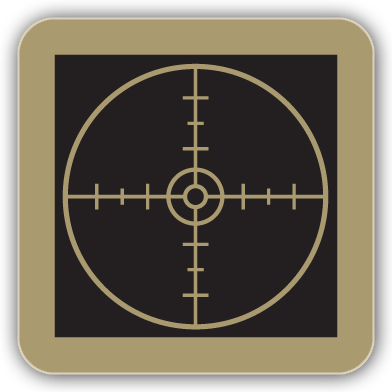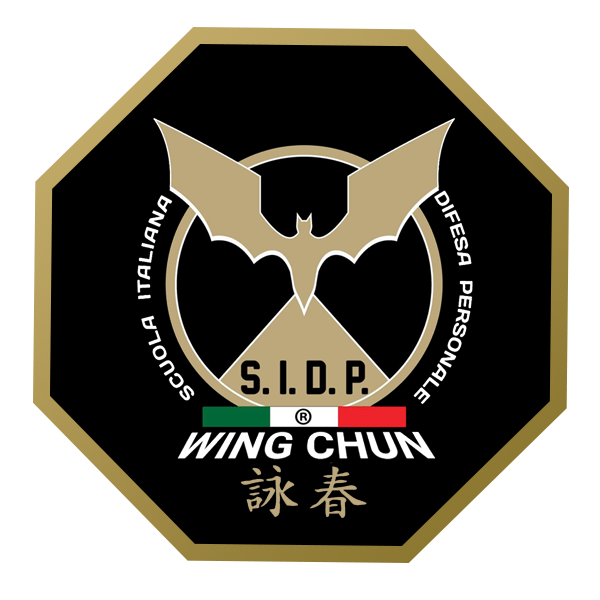East Kombat System - Wing Chun Tradizionale

Our frame of reference, the fighting system that every S.I.D.P. activity relies on, is Wing Chun, a Traditional Martial Art.
We define as “Martial” everything that originates and develops from the unavoidable necessity of dealing with a war, a conflict, whatever form it may take.
The term “Art” entails the capability of mastering the principles, not merely the technique: we do not only need to have an understanding of the Martial Art, but also to actually embody that knowledge, at all levels. We need to be what the Art preaches.
Lastly, whatever is rooted in the past, in the specific age it came from, can be considered as “Traditional”. It draws its lifeblood from the culture of that place and time: that culture defines both its shape and essence.
The effective synergy of reason, intuition and feeling leads to growth, to a relentless refinement, with the clear goal of enhancing the students’ efficiency, and therefore their real fighting potential.
Our training always comprises a two-fold effort, physical and mental, since it is essential to understand the purpose of each exercise as well as how it can be usefully implemented in the martial practice. Potentially, every single movement has an application in fighting.
According to ancient Chinese culture, the body simply executes what the Shen (which could be translated as “spirit”) commands. A deeper understanding of the aim of the action actually paves the way for a better execution, which is therefore recognized as more effective by both our body and mind. All of this sparks a spiralling process wherein each cycle starts at a higher level than the previous one.
The Wing Chun Forms, a series of highly stylized techniques, are brought to life through the principles that are the heart and soul of the martial practice.
Dynamic and effective Knowledge Asset, the Forms foster the establishment of continuous mental connections between each movement and its countless meanings, which progressively reveal themselves as students increase their level of understanding and awareness.
In their deepest meaning, the Wing Chun Forms are thus the expression, on this plane of existence, of what we have acknowledged and what we truly are
East Kombat System - Thunder Defence

Traditional Martial Arts express their entire potential in war, on the battlefield. Where to pity one’s enemy means not to pity oneself. In the contemporary everyday life of Western countries, the environment is completely different, just like the way that the widespread potential hazards manifest themselves. For instance, there is a great difference between the needs of a mother who goes back home after work, late at night, alone, and those of a warrior who is ready to donate life so that others may continue to live.
The primary concern of Self-Defence is to make sure that mother does not find herself in a life-threatening situation. An effective way of handling this issue begins by considering all of the factors that, one after another, through a strict cause-and-effect relationship, may or may not bring about the occurrence of a physical threat. The aim is to turn into, or at least to appear to be, a hard target. Which is why, first and foremost, we teach our students how to implement strategies and tactics designed to achieve the best-case scenario for Self-Defence: simply, not to be there.
It is therefore essential to be aware of some elements, such as the different types of assaults, the rituals preceding the attack, the effects of adrenaline, the various ways in which one or multiple attackers, acting as predators, may lure in and trap their potential victim and, no less importantly, the legal consequences that might result from a reaction carried out without the necessary level of awareness and control.
Such an ambitious project makes it crucial to design an appropriate simulation scenario, in order to implement those principles allowing to emulate as closely as possible the reality, which is nevertheless multifaceted, mutable and thus never really replicable.
The situations of danger that are likely to occur are countless, just like the ways in which an attack could be perpetrated. It is impossible to think of adopting an all-embracing approach to Self-Defence, based on the idea of doing exclusively “this” rather than “that”. What is needed instead is a fighting system whereby, after understanding some universal principles (which are by their very nature unchangeable), we learn to continuously adjust our actions according to those of the attacker.
Only when a proper analysis of the situation has finally proven the fight to be inescapable and even running away (which should not be considered as dishonourable at all) no longer seems possible, the abilities acquired thanks to the intense training will enable the student to take action in the most effective way: by neutralizing the threat as quickly as possible.
Art Of Stick - Art Of Knife


Traditional Martial Arts express their entire potential in war, on the battlefield. Where to pity one’s enemy means not to pity oneself. In the contemporary everyday life of Western countries, the environment is completely different, just like the way that the widespread potential hazards manifest themselves. For instance, there is a great difference between the needs of a mother who goes back home after work, late at night, alone, and those of a warrior who is ready to donate life so that others may continue to live.
The primary concern of Self-Defence is to make sure that mother does not find herself in a life-threatening situation. An effective way of handling this issue begins by considering all of the factors that, one after another, through a strict cause-and-effect relationship, may or may not bring about the occurrence of a physical threat. The aim is to turn into, or at least to appear to be, a hard target. Which is why, first and foremost, we teach our students how to implement strategies and tactics designed to achieve the best-case scenario for Self-Defence: simply, not to be there.
It is therefore essential to be aware of some elements, such as the different types of assaults, the rituals preceding the attack, the effects of adrenaline, the various ways in which one or multiple attackers, acting as predators, may lure in and trap their potential victim and, no less importantly, the legal consequences that might result from a reaction carried out without the necessary level of awareness and control.
Such an ambitious project makes it crucial to design an appropriate simulation scenario, in order to implement those principles allowing to emulate as closely as possible the reality, which is nevertheless multifaceted, mutable and thus never really replicable.
The situations of danger that are likely to occur are countless, just like the ways in which an attack could be perpetrated. It is impossible to think of adopting an all-embracing approach to Self-Defence, based on the idea of doing exclusively “this” rather than “that”. What is needed instead is a fighting system whereby, after understanding some universal principles (which are by their very nature unchangeable), we learn to continuously adjust our actions according to those of the attacker.
Only when a proper analysis of the situation has finally proven the fight to be inescapable and even running away (which should not be considered as dishonourable at all) no longer seems possible, the abilities acquired thanks to the intense training will enable the student to take action in the most effective way: by neutralizing the threat as quickly as possible
Tactical Shooting

The intention to create a School of Martial Arts that would be capable of playing a useful role in the world we currently live in has led to the establishment of the S.I.D.P. Tactical Shooting sector.
Its aim is to give security operators the possibility to implement, at all levels, a fighting system that can be combined with their own sector-specific knowledge and expertise. We do not wish to overlap and even less to replace the valuable knowledge and experience of those who already work in the field of security, but instead to enrich them in a constructive and harmonious way, so as to increase the efficiency, effectiveness and the margin of safety of the operators in the most diverse scenarios


